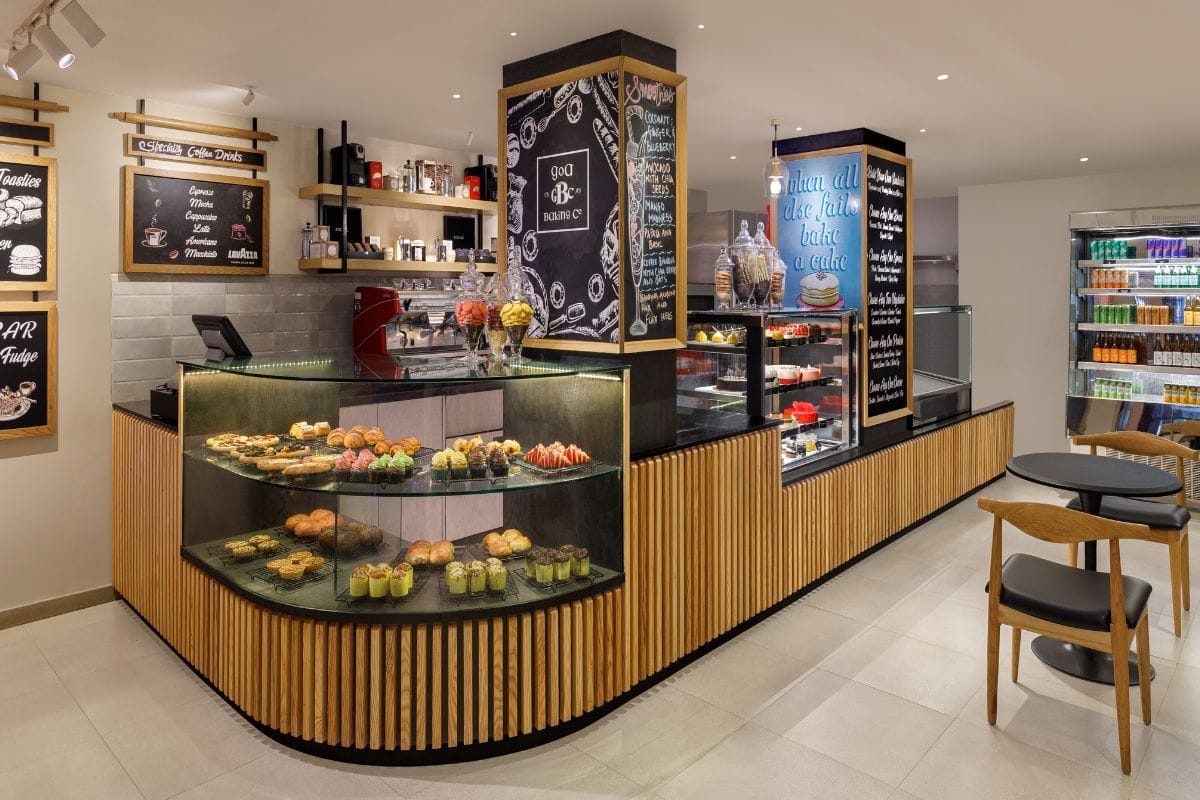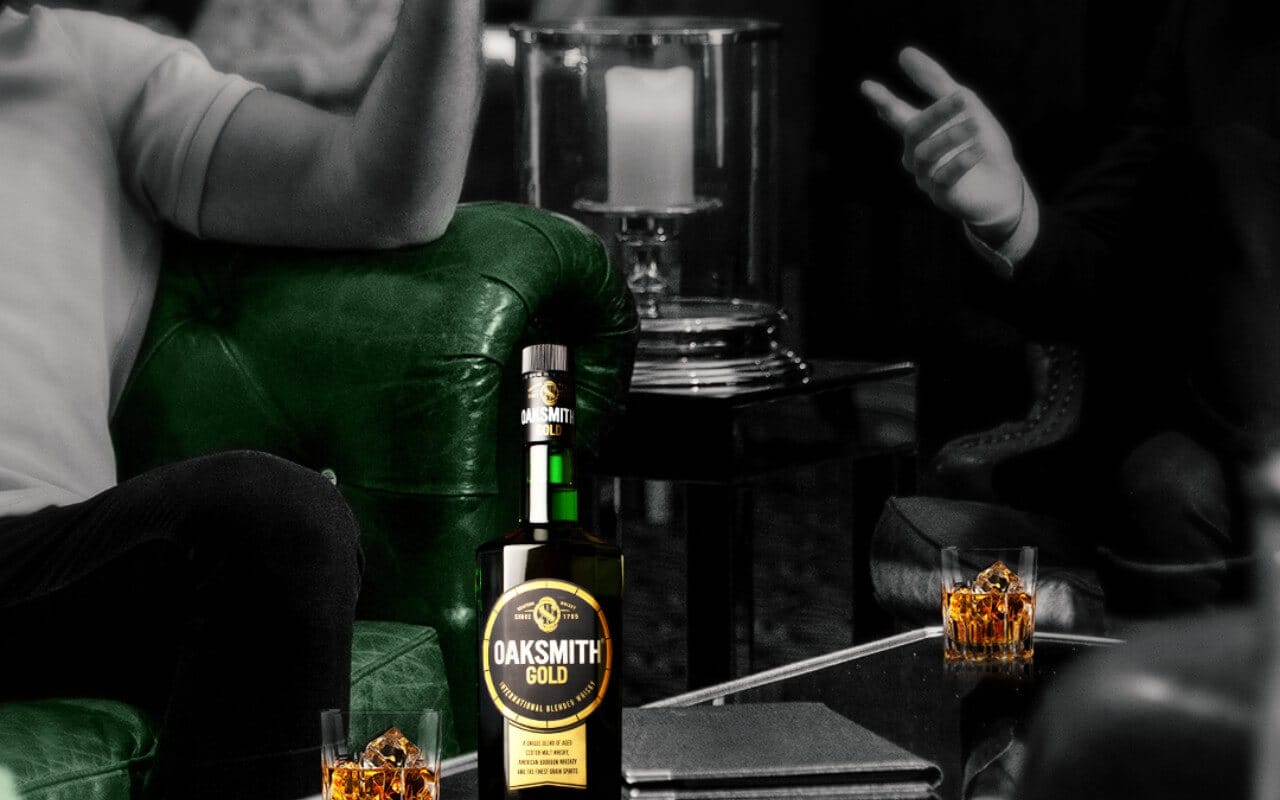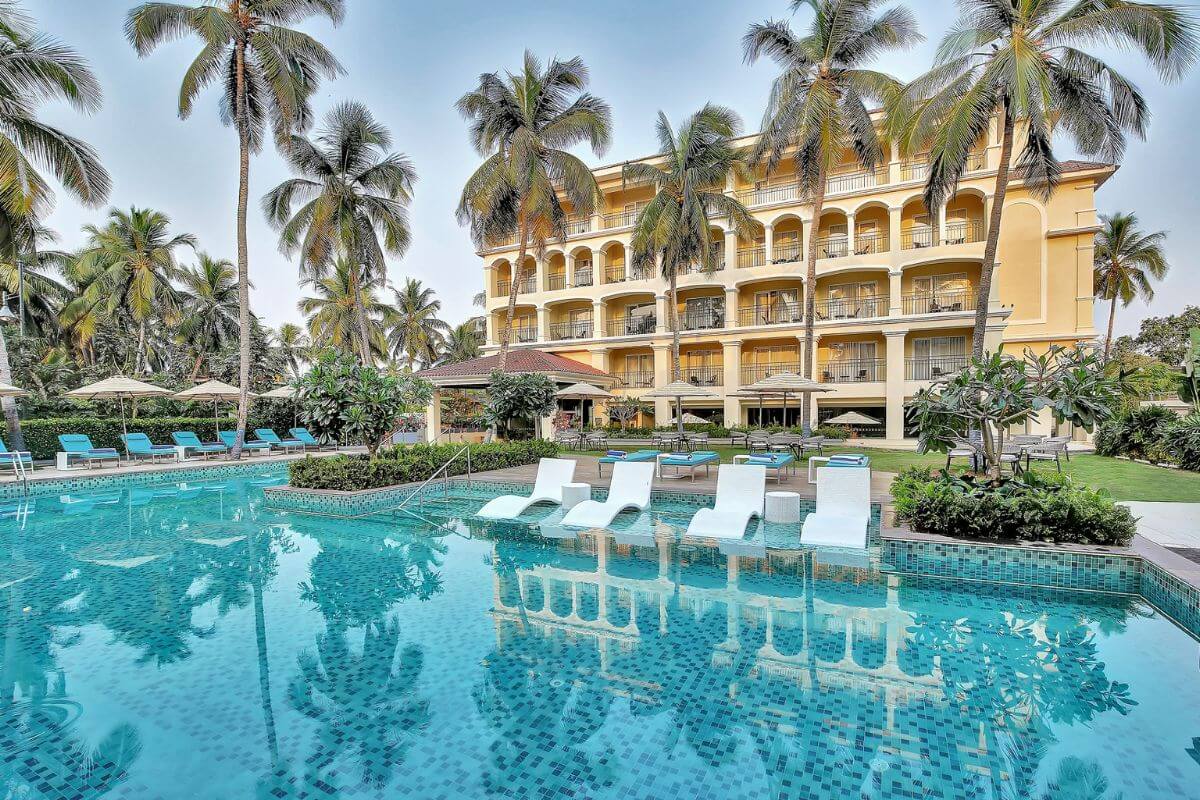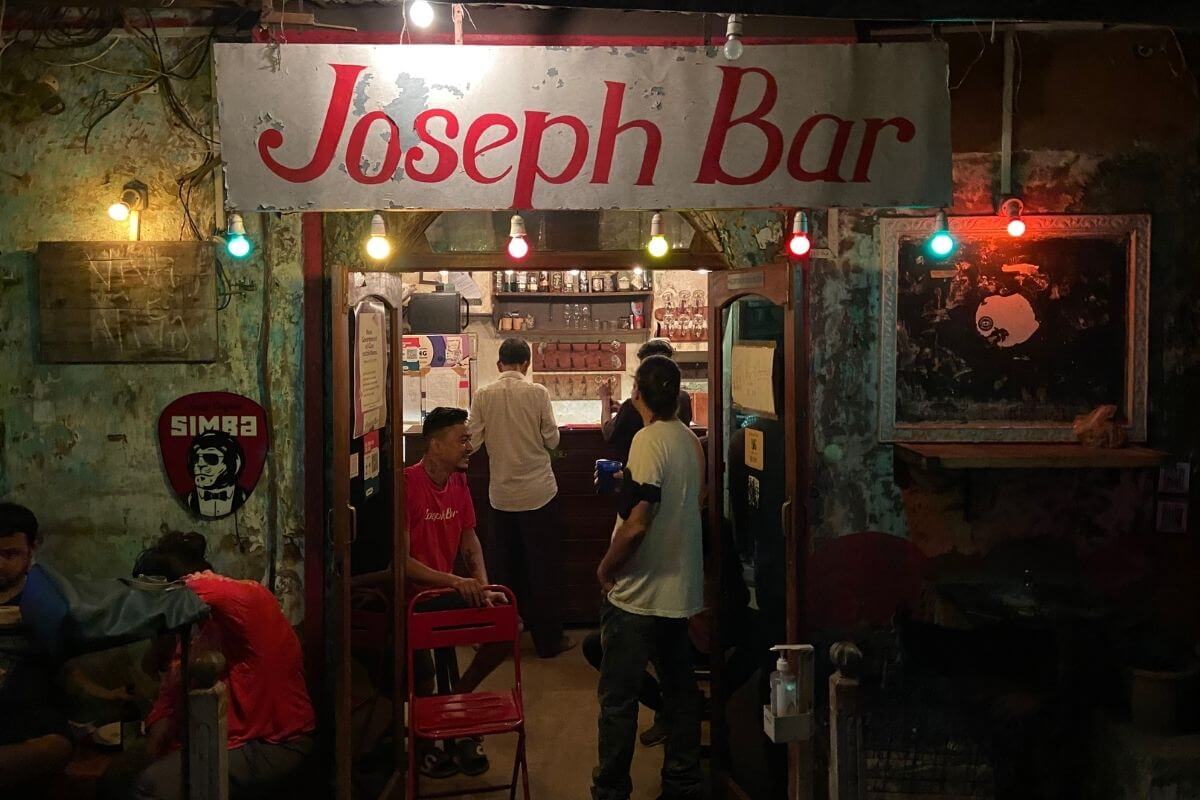Food: A Universal Language
More than mere sustenance, food is a language spoken across cultures—a story told through flavors, textures, and shared meals. It is within this narrative that the true beauty of food resides. From the intricate artistry of Japanese kaiseki to the comforting warmth of Italian lasagna, food embodies the heart and soul of a culture—a legacy passed down through generations.
Focusing on Artistry and Craftsmanship
A perfectly plated dish is a work of art, a testament to the chef’s skills and creativity. The beauty of food lies not only in its taste but also in its presentation—a visual feast for the eyes. The delicate swirl of cream in a latte, the twisted pleats of a hand-rolled dumpling—even the simplest dishes can possess captivating beauty. Food weaves itself into our memories, evoking feelings of nostalgia, comfort, and joy. It is in these emotional connections that we discover the true elegance of food.
Capturing Culinary Delights: A Dive into Food Photography
Food photography has evolved from simple documentation into a powerful art form—captivating audiences and driving culinary trends. It’s more than pointing a camera at a plate. It’s about telling a story, evoking emotion, and making mouths water.
Core Principles of Food Photography
Storytelling – Every food picture should tell a story. What is the dish? Where does it come from? What emotions does it evoke? Consider the context and narrative you want to convey.
Aesthetics – Capturing food’s beauty requires thoughtful attention to composition, lighting, color, texture, and styling.
Technical Proficiency – Understanding your camera settings, lenses, and lighting equipment is crucial to creating high-quality images.
Essential Gear and Equipment
Camera – A DSLR or mirrorless camera provides better control over settings and superior image quality.
Lenses – Macro lenses are ideal for close-up detail. Prime lenses with wide apertures offer beautiful bokeh and perform well in low light. A zoom lens adds flexibility.
Tripod – Essential for sharp images, especially in low light or when using slow shutter speeds.
Lighting – Natural light is ideal for its soft, diffused quality. However, artificial lighting (strobes, softboxes) allows for creative control. Reflectors and diffusers shape and soften light for a natural look.
The Magic of Lighting
Lighting is the most critical element in food photography. Natural light, especially soft, diffused sunlight, showcases true colors and textures. Artificial lighting can create dramatic effects but must be handled carefully to avoid harsh shadows or unnatural hues.
Color Theory in Food Photography
Vibrant, natural colors are essential to making food look appetizing. Understanding color theory and using complementary colors can significantly enhance a dish’s visual appeal.
Choosing the Right Angles
Different angles highlight different aspects of a dish:
Overhead (Flat Lay) – Great for showcasing layout and composition.
45-Degree Angle – A balanced view, ideal for plated meals.
Side View – Perfect for highlighting height, layers, and textures.
Using Props to Tell a Story
Props like plates, cutlery, linens, flowers, and backdrops help set the scene and provide context. The right props add personality and visual interest, enhancing the overall narrative of your image.
FOOD PHOTOGRAPHY IN THE DIGITAL AGE
Food photography has come a long way—from simple snapshots to highly stylized, artistic compositions. Social media platforms like Instagram and Facebook have accelerated its popularity, making food photography a vital part of our visual culture.
Its Role in the Industry
Advertising – High-impact food photos entice consumers and drive sales.
Restaurants – Professional food images on websites or menus attract customers and elevate brand identity.
Publishing – Cookbooks, blogs, and magazines rely on stunning images to showcase recipes and inspire readers.
A Creative and Rewarding Field
Food photography allows you to express your creativity and love for food. By mastering lighting, composition, styling, and editing, you can create mouthwatering visuals that capture the essence of any dish.
THE ART OF FOOD STYLING
Making Culinary Creations Camera-Ready
Food styling is the art of presenting food in a visually appealing way for photography or videography. A skilled food stylist can transform a simple plate of pasta into a culinary masterpiece—enticing viewers and evoking desire.
The Role of a Food Stylist
Food stylists are the unsung heroes behind the stunning images you see in magazines, cookbooks, and advertisements. They are culinary artists who understand the science and art of food presentation. Their work goes far beyond arranging food—it involves planning, testing, and executing techniques that make dishes look fresh and irresistible on camera.
Tools of the Trade
Food stylists rely on a wide range of tools to perfect their presentations:
Tweezers & Brushes – For precise placement and delicate adjustments.
Spray Bottles – To add a fresh, dewy look or simulate steam.
Heat Guns – For melting cheese or browning surfaces for that just-cooked look.
Cotton Balls & Paper Towels – Used discreetly to prop, shape, or absorb moisture during shoots.









